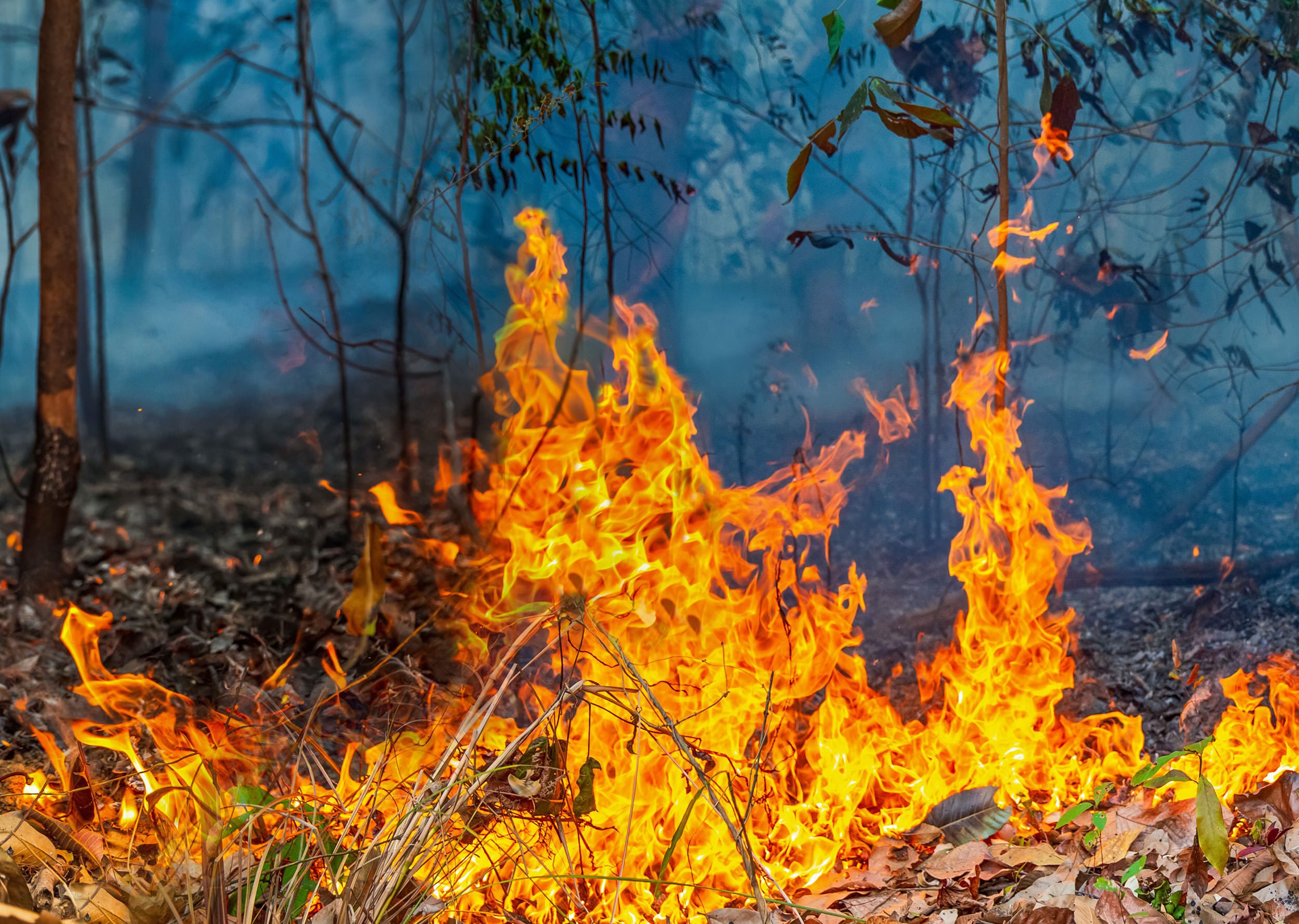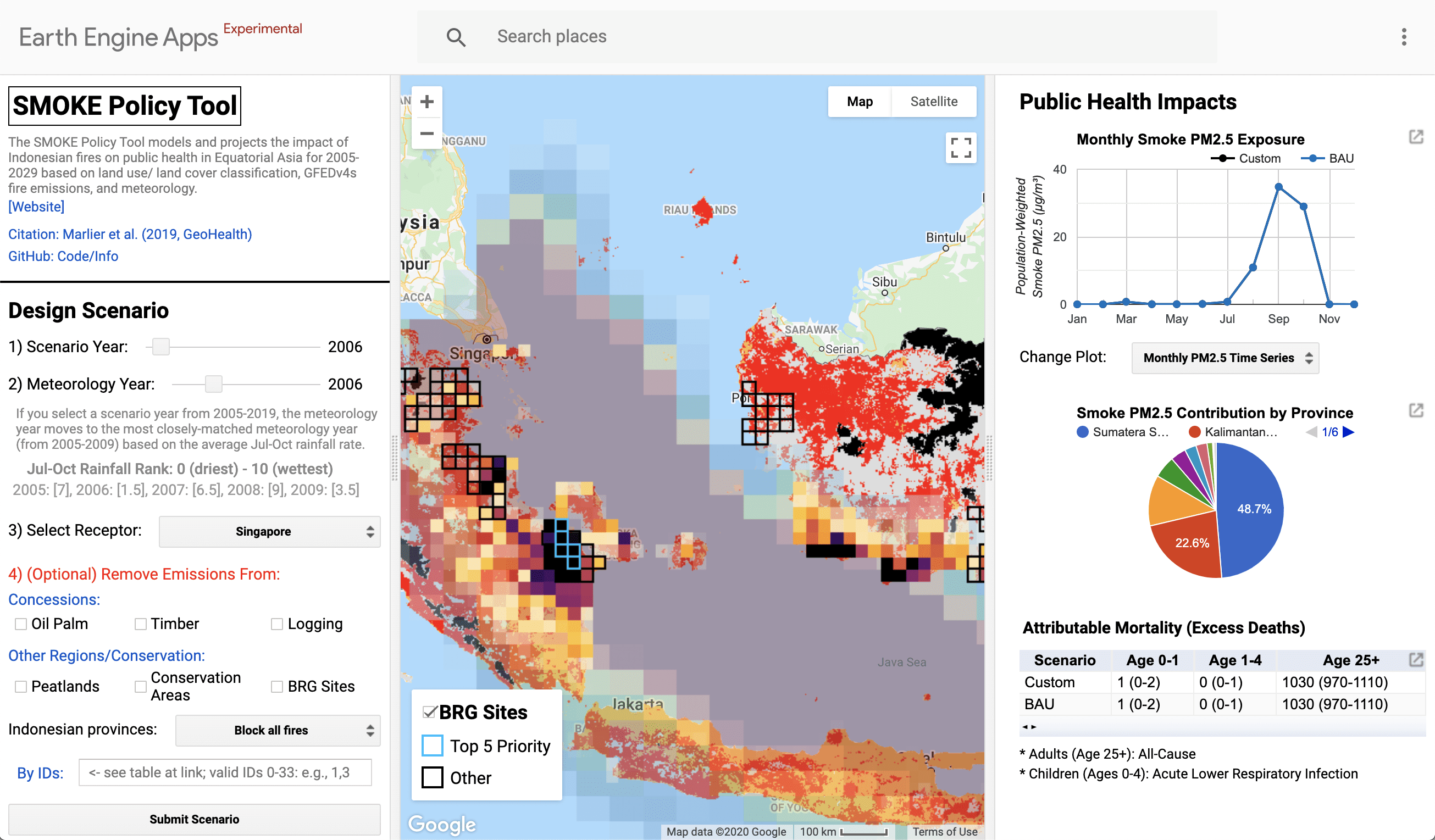
Tianjia (Tina) Liu, who newly joins the Mittal Institute as a Graduate Student Associate for academic year 2021-2022, is a Ph.D. Candidate in the Department of Earth and Planetary Sciences at Harvard University. She is a NSF Graduate Research Fellow and affiliated with the Atmospheric Chemistry Modeling Group. Her research focuses on using satellite data and atmospheric modeling to quantify the impacts of fires on air quality and public health in India, Indonesia, and globally. Prior to attending Harvard, Tina received her B.A. in Environmental Science at Columbia University. The Mittal Institute interviewed Tina about her interdisciplinary research, in a Q&A that follows.

Mittal Institute: Tina, the Mittal Institute welcomes you as a Graduate Student Associate for this next year. What are your academic interests, and how or why did you first become interested in your current research topics?
Tina Liu: I first became interested in research on fires and air quality during my junior year at Columbia University, when I applied for an undergraduate research assistantship at the Earth Institute. For the project, I used satellite fire data and air quality measurements to determine if agricultural fires had any large impacts on air quality in major Indian cities, such as Delhi and Bangalore. I worked on this project all the time, since I only needed my laptop and an internet connection to download and process the data! During my undergraduate years, I also explored other research topics, such as paleoclimate and oceanography, at the Lamont-Doherty Earth Observatory and Woods Hole Oceanographic Institution, but most of the other projects were not as relevant in today’s world and required extensive lab work.
Mittal Institute: You work under Loretta Mickley, Senior Research Fellow in the Atmospheric Chemistry Modeling Group, based at the Paulson School of Engineering and Applied Sciences. How did this mentorship first come about, and can you talk a bit about your collaborations together?
Tina Liu: My undergraduate advisers, Dr. Miriam Marlier and Dr. Ruth DeFries, had collaborated with Dr. Loretta Mickley and her students for a few years on Indonesia forest fires and gave me an opportunity to contribute to a paper on the public health impacts of Indonesia fires in 2015. The Atmospheric Chemistry Modeling Group (ACMG) specializes in using a state-of-the-art 3D model, called GEOS-Chem, to simulate transport and chemical processes in the atmosphere. GEOS-Chem fills in data gaps where there’s a lack of ground measurements in both fire activity and air quality. I applied to work with Loretta in Harvard’s Earth and Planetary Sciences Ph.D program, and the transition from my undergraduate to graduate research was very seamless!

Tina created an online app for the Indonesia project called the SMOKE Policy Tool using GEOS-Chem simulations, fire data, etc, as depicted in the screenshot of the portal.
Mittal Institute: When focusing on forest fires and climate change, why is it that your research is centered on India and Indonesia? Likewise, can you explain the linkage between wildfires and climate change?
Tina Liu: While my India and Indonesia work focuses on how and why humans use fire and the consequences for air quality and public health, climate change could certainly be a factor in exacerbating the dry and hot conditions needed for fires to grow out of control or influencing farmers’ decisions to burn crop residues. In north India, agricultural fires are set by farmers to quickly clear their fields of crop residues before planting the next crop. To stem groundwater depletion, state policies delayed rice planting dates closer to the summer monsoon onset. However, this inadvertently worsens air pollution issues during the post-monsoon as more farmers set crop residues on fire in order to save time and cope with the shorter turnaround time between rice harvests and wheat planting. Climate change may have played a role in accelerating groundwater depletion in north India by modulating monsoon onset and precipitation and increasing evaporation rates. In Indonesia, forest fires are tied to deforestation, agriculture, and management of oil palm, timber, and logging plantations. During drought years, such as 2006, 2015, and 2019, fires often burn out of control. In particular, some fires occur in carbon-rich peatlands; when the water table is low, peat dries out, and fires can burn for weeks to months. If climate change plays and/or continues to play a role in exacerbating drought conditions in Indonesia, the fire season could become even more severe in future years.
Mittal Institute: The public health impacts of wildfires are obviously profound. Can you talk a bit about that, and do you interface with anyone from Harvard to look at the public health data?
Tina Liu: When we link fires to public health, we look at concentrations of fine particulate matter, or tiny aerosols, that fires emit. Because these aerosols are smaller in diameter than that of your hair, they can get lodged deep into the lungs and can even enter the bloodstream, causing cardiovascular and respiratory diseases and worsening pre-existing conditions. For our Indonesia work, we collaborated with Dr. Joel Schwartz, Dr. Samuel Myers, and Dr. Jonathan Buonocore at Harvard’s School of Public Health to quantify the number of premature deaths due to the 2015 fire season. In our study, we estimated 100,000 premature deaths across Indonesia, Singapore, and Malaysia throughout the year following the fires. We used robust relationships between fine particulate matter and mortality that are generalized from many epidemiological studies. In more recent work, we collaborated with Dr. Francesca Dominici and her group to quantify links between wildfires and COVID-19 in the western US.
When we link fires to public health, we look at concentrations of fine particulate matter, or tiny aerosols, that fires emit. Because these aerosols are smaller in diameter than that of your hair, they can get lodged deep into the lungs and can even enter the bloodstream, causing cardiovascular and respiratory diseases and worsening pre-existing conditions. In our study, we estimated 100,000 premature deaths across Indonesia, Singapore, and Malaysia throughout the year following the fires.
Mittal Institute: What are your next goals for your research, and what are your career aspirations?
Tina Liu: My next goal for my research is to wrap up a paper on India which synthesizes all of my previous work. After my Ph.D, I hope to continue in academia and work on fire-related research as a research scientist or professor.
